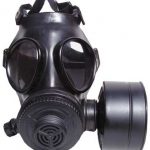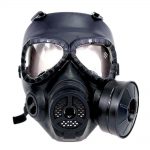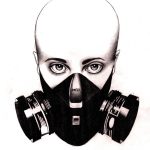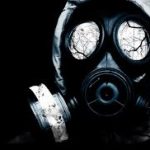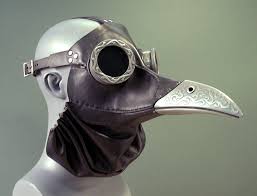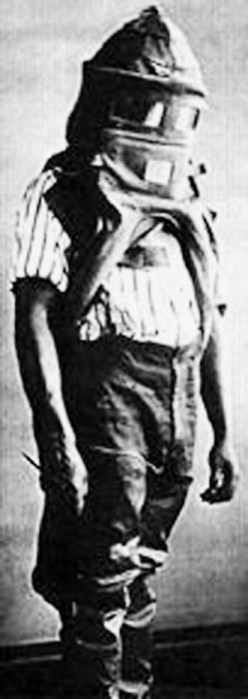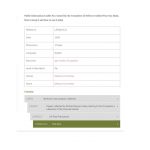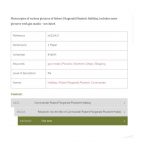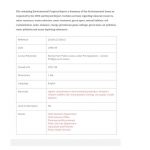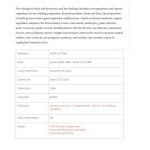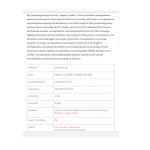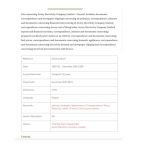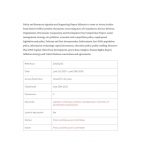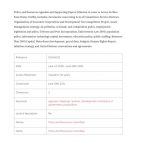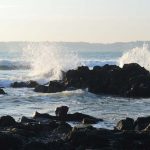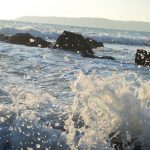My next two shoots were inspired by my previous outcomes; using staged scenes and studio techniques to portray common pollution issues. These shoots will be a continuation of my symbolic style showing one of the most problematic issues that everyone in modern society unfortunately contributes to. This is the issue of common plastic waste. As well as these shoots, later in this project, I will explore this topic from a photo-journalistic point of view, showing plastics effect on our island…
The reason I want to show the problem of plastic in a strong and symbolic way is because of the devastation it causes to marine life, animals and the environment. Modern life is unthinkable without plastic and the pure fact it is low-cost, light weight and durable makes it very hard to dispose of. In the EU, instead of recycling all our plastic waste, we send a third of it straight to landfill. To make things worse, millions of tonnes of this waste end up in the oceans. Birds, turtles and sea-life get tangled in plastic bags and abandoned fishing equipment, or they die from eating plastic debris. Over time, larger pieces of plastic break down into tiny particles called micro-plastic, which can form a poisonous plastic liquid residing in our oceans. These particles can soak up chemical additives and when they are eaten by fish they enter the food chain poisoning and harming countless different species. National Geographic estimated that globally we dump over eight million metric tons of our plastic waste into the oceans each year. This rubbish accumulates in 5 ‘ocean garbage patches’, the largest one being situated between Hawaii and California. Hopefully in my next two shoots, by using studio techniques and symbolism, I will be able to get across the gravity of this global pollution problem. Below are some images depicting what this waste looks like, as well as a few different types of plastic that accumulates into big problems. 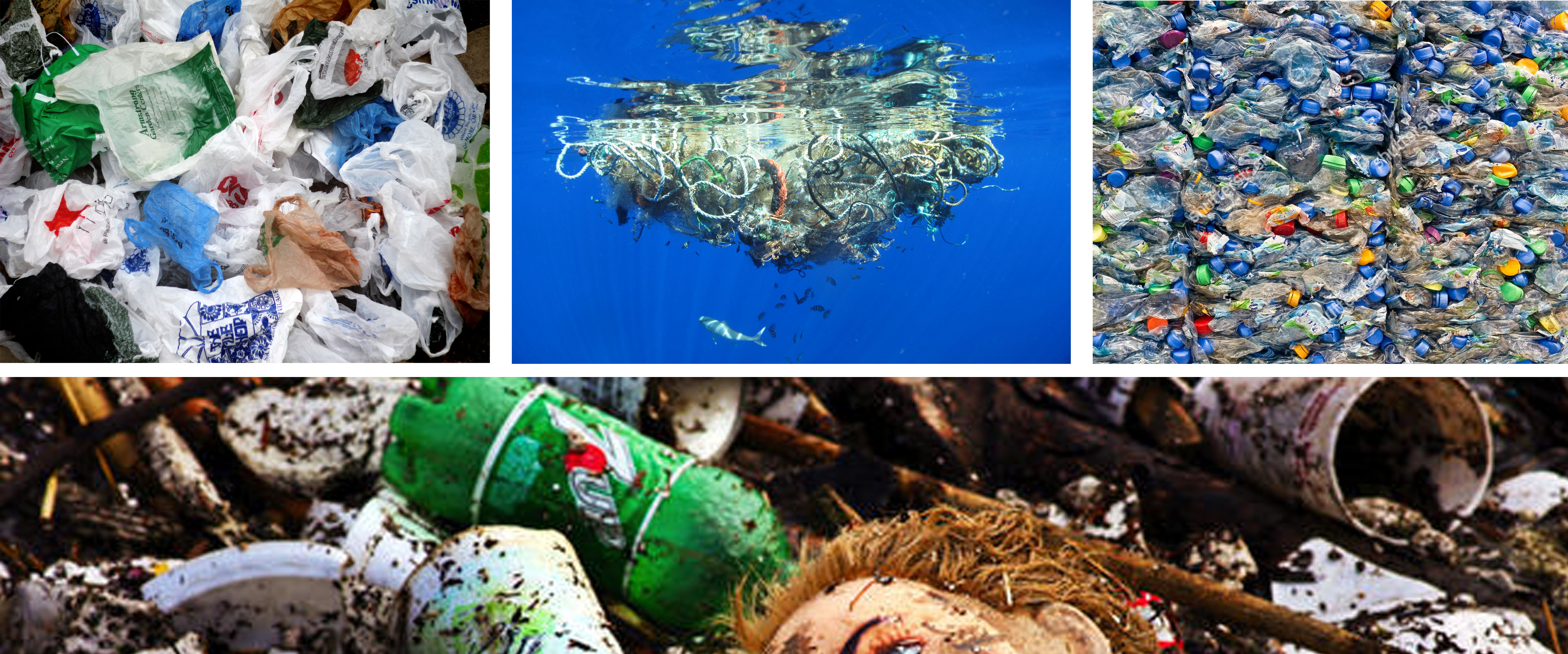
My plan of action for these two shoots is to use models, with different types of plastic, in a home-studio made of black fabric and an LED light. In this ‘studio’ I will be using female model’s to create striking and emotive portraits with the subject matter, plastic. The first shoot will be self portraits showing only headshots distorted by the material. To create this fragmented look I am hoping for, I will be experimenting with a few different types of plastic, including bubble wrap, cellophane and clear plastic waste. For my second shoot however, I want to use a female volunteer to create full body portraits with this waste. The aim of these shoots is to show a heavily symbolic message about our connection to this global problem. As well as this the plastic directly effecting the models will represent the worlds ‘suffocation’ from this material and the damage it’s doing to the environment and therefore man-kind. The images I am hoping to capture will be dark and emotive pieces with a clear message and eye-catching beauty. Below I have added four photographs depicting the kinds of portraits I hope to create. I love the idea of wrapping the model in plastic, as it shows clear symbolism for the way we do this to everything else, as well as the fragmented view the plastic creates…


